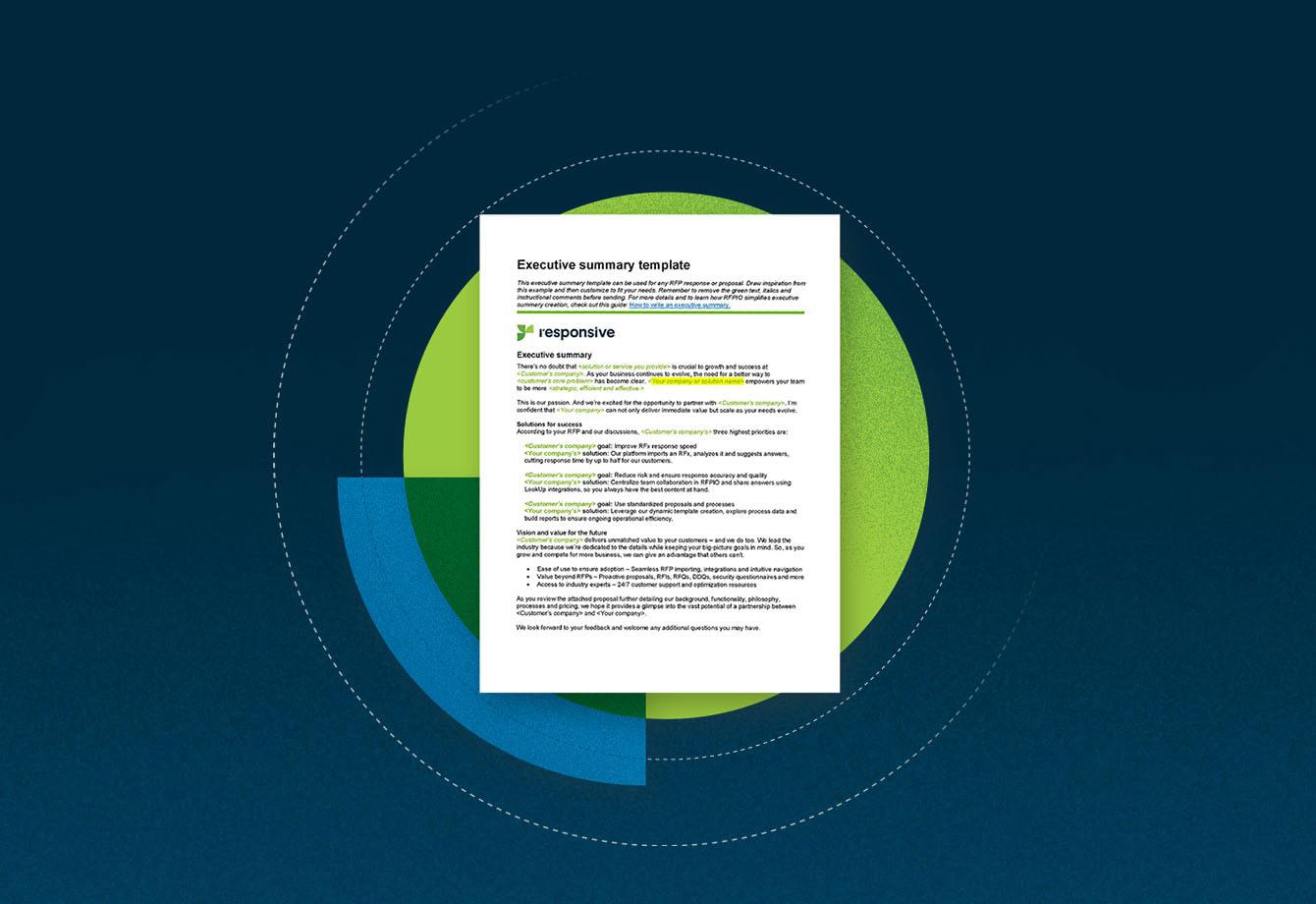
Start Responding Like a Pro
The Responsive blog is full of insights and best practices, giving you the tools you’ll need to streamline your process and respond with confidence.
Featured Post

Request for proposal executive summary: Example, template & tips
Selling & EnablementEven for the most experienced proposal manager, writing an effective request for proposal executive summary can be a challenge. After […]
Category: Tag: RFP management


How to respond to an RFP like an all-star champ
Selling & Enablement
What is an RFP?
Selling & Enablement
How to build a business case for a full-time RFP content manager
Product & Best Practices
Benchmarks and future-proofing for RFP teams
Products/Features/Solutions
Improve sales contract management with RFP software
Sales Enablement
7 tips to excite SMEs about the RFP process
People & Teams, Product & Best Practices
3 ways technology improves the response process for remote teams
Products/Features/Solutions
RFP automation: 14 tasks you can automate with RFPIO
Products/Features/Solutions
How response management supports your team
Selling & Enablement
RFP compliance: Stay accountable and empower team success
Selling & Enablement
4 ways RFP software positively impacts your response process
Selling & EnablementSee how it feels to respond with confidence
Why do 250,000+ users streamline their response process with RFPIO? Schedule a demo to find out.